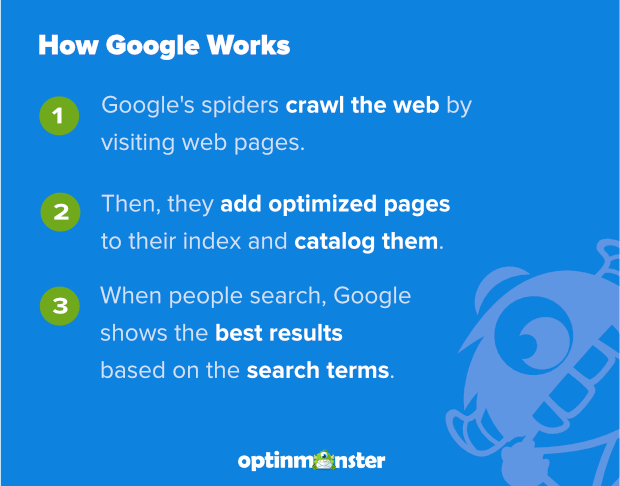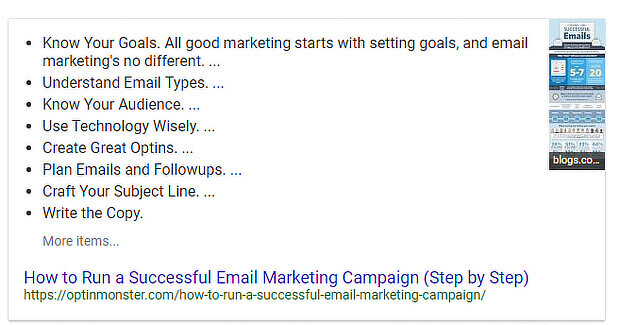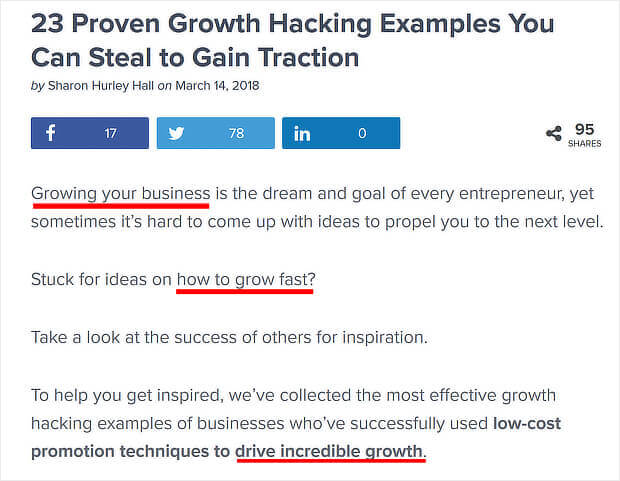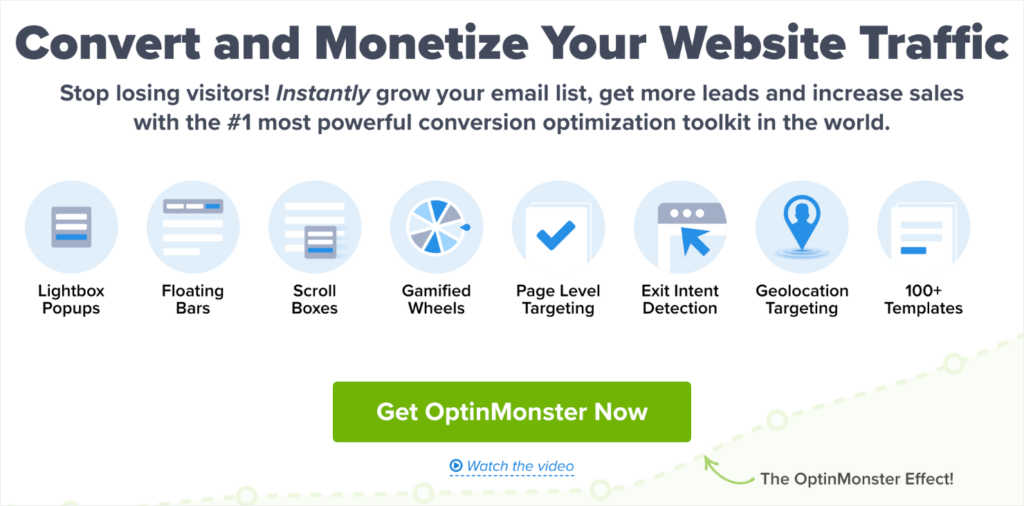TL;DR: Where to Place Keywords for SEO
Page Title (Meta Title): Put your main keyword near the front
H1 Heading: Include your exact or close match
Intro Paragraph: Use the keyword naturally in the first 100 words
Subheadings (H2s, H3s): Sprinkle in variations and related phrases
Body Content: Use keywords in context, not repetition
Image Alt Text: Describe images using relevant keyword terms
URL Slug: Keep it short, readable, and keyword-aligned
Internal Link Anchor Text: Link using descriptive, keyword-rich text (when helpful)
Pro Tip: Don’t force keywords — focus on clarity and helping readers complete their search task. That’s what Google rewards.
Let’s talk about how to use keywords for SEO.
Keywords are the foundation of Search Engine Optimization (SEO). They are the words or phrases that people search for when looking for information online. By strategically adding relevant keywords into your website’s content, you can improve your search engine ranking and attract more organic traffic.
That also means if you get keyword use wrong, you’ll seriously hurt your business. No organic traffic means fewer leads and sales. No business can afford that, right?
In this article, we’re going to show you how to use keywords for SEO the RIGHT way so you get the traffic, leads, and sales you need.
How We Know This Works
At OptinMonster, we boosted organic traffic by +215% and captured 3,000+ new leads — just by optimizing a single blog post with smart keyword placement, internal linking, and fresh content updates.
👉 Keyword strategy isn’t theory. It’s a proven system for real growth.
Understanding Keywords and SEO
Before we go any further, let’s make sure we’re on the same page about keywords and SEO.
SEO is optimizing your web pages for better ranking in search results pages (SERPs). Part of the SEO process is using keywords: words and phrases that describe what your content is about.
For more details about SEO, please read our detailed Beginner’s SEO Guide
Then Google uses that information to determine which content is relevant to a particular search query, and how the page should rank in searches for a particular term. That’s what gives a web page its search ranking.

(It’s important to note that while keywords aren’t the main ranking factor themselves, their use in content and links, which ARE among the top ranking factors, helps Google with this process.)
Keyword Research: How to Know What Keywords to Use for SEO
An important starting point when using keywords for SEO is doing keyword research. That’s how you find the right keywords to include on a web page in the first place.
As we said earlier, the use of keywords helps Google assign the right search ranking.
Keyword research also helps you come up with your content strategy by creating content around the terms that you know your audience is looking for.
The best practice is to focus each piece of content on a different keyword phrase, and never use the same keyword more than once. That’s because you don’t want to end up competing with your own content for search rankings.
Lets find out how to know what keywords to use for SEO.
A. Identify Your Target Audience
Understanding your audience is crucial. Consider who they are, what problems they need to solve, and what language they use when searching for solutions. This insight will guide your keyword selection.
B. Use Keyword Research Tools
Tools like Google Keyword Planner, Ahrefs, and SEMrush can help you discover relevant keywords. Look for:
- Search Volume: The number of searches for a keyword each month. Higher volumes indicate more interest.
- Keyword Difficulty: How hard it is to rank for a keyword. Target a mix of low and high-difficulty keywords.
- Long-Tail Keywords: Phrases with three or more words that are highly specific, like “best SEO tips for beginners.” They often have lower competition and higher conversion rates.
C. Analyze Competitors
Check what keywords your competitors are ranking for. This can reveal gaps in your strategy and opportunities for content creation.
Keyword Types: What Types of Keywords Can You Use
Not all keywords are created equal. Here’s a breakdown of the different types you can leverage:
- Short-Tail Keywords: Broad terms with high search volume, but fierce competition (think “shoes” or “coffee”).
- Long-Tail Keywords: More specific phrases with lower search volume and less competition, attracting a more qualified audience (e.g., “running shoes for flat feet” or “organic coffee beans from Ethiopia”).
- Location-Based Keywords: If you have a local business, target your audience geographically! Include your city or region in your keywords (e.g., “best pizza in New York City”).
- Question Keywords: Address the burning inquiries your audience might have (e.g., “how to bake bread”).
Keyword Placement: Where to Integrate Keywords in Your Content
Now you have your keyword arsenal, it’s time for strategic placement. Here’s how to optimize your website for search engines:
1. Title Tags
The title tag is one of the most important on-page SEO elements. It appears as the clickable headline in search engine results and plays a significant role in both search engine ranking and click-through rates (CTR).

Best Practices for Title Tags:
- Include the Primary Keyword Early: Ideally, your primary keyword should appear at the beginning of the title tag. This not only helps search engines recognize the focus of your content but also increases the likelihood of users clicking on your link.
- Keep It Concise: Aim for a title tag length of 50-60 characters, including spaces. This ensures that your entire title is visible in search results without being cut off.
- Make It Compelling: While including keywords is crucial, your title should also be engaging and compelling enough to entice users to click. Consider adding power words, numbers, or questions to capture attention.
Example:
- Keyword: “How to Use Keywords for SEO”
- Title Tag: “How to Use Keywords for SEO: 7 Proven Strategies to Boost Your Rankings”
2. Meta Descriptions
The meta description is the brief summary that appears beneath your title tag in search engine results. While it doesn’t directly impact rankings, a well-crafted meta description can significantly influence CTR, which indirectly affects SEO.

Best Practices for Meta Descriptions:
- Include the Primary Keyword: Incorporate your primary keyword naturally within the first 160 characters to ensure it appears in the visible portion of the description.
- Highlight the Value Proposition: Clearly state what users can expect from your content and why it’s valuable. This could include benefits, solutions, or a unique selling point.
- Use a Call to Action (CTA): Encourage users to click on your link with a compelling call to action, such as “Learn more,” “Discover how,” or “Find out today.”
Example:
- Keyword: “How to Use Keywords for SEO”
- Meta Description: “Learn how to use keywords for SEO with our step-by-step guide. Boost your website’s rankings and drive more traffic today. Discover proven strategies now!”
3. Headings and Subheadings
Headings (H1, H2, H3, etc.) help organize your content and make it easier for readers and search engines to navigate. They also provide an opportunity to signal the structure and key topics of your content to search engines.

Best Practices for Headings:
- Use the Primary Keyword in the H1: The H1 tag is typically reserved for the main title of your page or post. It should include your primary keyword to clearly indicate the topic of the content.
- Incorporate Keywords in H2s and H3s: Use secondary keywords or related phrases in your H2 and H3 headings to further emphasize key topics and subtopics. This not only helps with SEO but also improves content readability.
- Keep Headings Descriptive and Relevant: Headings should be concise, descriptive, and relevant to the content that follows. This enhances user experience and ensures that search engines can accurately understand the content structure.
Example:
- H1: “How to Use Keywords for SEO: A Comprehensive Guide”
- H2: “Why Keywords Matter in SEO”
- H2: “Strategically Placing Keywords for Maximum Impact”
- H3: “Optimizing Title Tags and Meta Descriptions”
4. Body Content
The body content is where the bulk of your keyword optimization will occur. However, it’s important to strike a balance between keyword usage and readability. The goal is to include keywords naturally, so they enhance the content rather than disrupt the flow.

Best Practices for Body Content:
- Maintain Natural Keyword Density: Aim for a keyword density of around 1-2%, meaning your primary keyword should appear 1-2 times per 100 words. However, avoid forcing keywords into the text if they don’t fit naturally.
- Use Synonyms and Related Terms: To prevent keyword stuffing and improve content richness, incorporate synonyms and related terms throughout your content. This also helps with Latent Semantic Indexing (LSI), which allows search engines to understand the context of your content better.
- Focus on Readability: Write for your audience first, ensuring that the content is clear, engaging, and informative. Keywords should support the narrative, not dominate it.
- Incorporate Keywords Early: Try to include your primary keyword within the first 100 words of your content. This helps signal to search engines what the page is about early on.
Example:
- Keyword: “How to Use Keywords for SEO”
- Body Content Snippet: “Understanding how to use keywords for SEO is essential for anyone looking to improve their website’s search engine rankings. By strategically placing keywords throughout your content, you can help search engines better understand your page and attract more targeted traffic.”
5. URLs
URLs are another critical on-page SEO element that should be optimized for keywords. A well-structured URL not only helps search engines understand the content but also improves user experience by providing a clear, concise link.

Best Practices for URLs:
- Include the Primary Keyword: Ensure that your primary keyword is part of the URL slug. This makes it clear what the page is about and can improve rankings.
- Keep URLs Short and Simple: Shorter URLs tend to perform better in search results and are easier for users to share and remember. Aim for a URL length of 3-5 words.
- Use Hyphens to Separate Words: Use hyphens (-) to separate words in your URL, as search engines prefer this format over underscores (_).
Example:
- Keyword: “How to Use Keywords for SEO”
- Optimized URL: www.yoursite.com/how-to-use-keywords-for-seo
6. Images and Alt Text
Images are an often-overlooked opportunity for keyword optimization. Search engines can’t “see” images the way humans do, so they rely on alt text and file names to understand what an image is about. Optimizing these elements with keywords can enhance your overall SEO and improve image search rankings.
Best Practices for Images and Alt Text:
- Use Descriptive File Names: Before uploading images, rename the files with descriptive, keyword-rich names. Avoid generic names like “IMG1234.jpg” in favor of more specific names like “seo-keyword-optimization.jpg.”
- Optimize Alt Text: Alt text should describe the image and include relevant keywords where appropriate. However, it should still be accurate and useful, primarily for users who rely on screen readers.
- Consider Image Titles: Although not as critical as alt text, including keywords in image titles can provide an additional layer of optimization.
Example:
- Keyword: “How to Use Keywords for SEO”
- Optimized Alt Text: “Illustration showing how to use keywords for SEO in website content.”
Bonus Tip: Unleash the Power of OptinMonster!
High-quality content attracts visitors, but how do you convert them into leads and customers? That’s where OptinMonster comes in!

Our powerful lead generation tools seamlessly integrate with your website, allowing you to capture leads through strategically placed popups, optin forms, and more.
By optimizing your website for search engines and converting visitors into leads, you create a winning SEO and marketing strategy.
Remember, keyword research and strategic integration are crucial steps in your SEO journey. By following these tips and leveraging the power of OptinMonster, you can unlock the magic of keywords and attract a flood of qualified traffic to your website!
BONUS: Done-For-You Campaign Setup ($297 value)
Our conversion experts will design 1 free campaign for you to get maximum results – absolutely FREE! Click here to get started
FAQs About Using Keywords for SEO
1. How many keywords should I use for SEO?
There’s no perfect number, but a good rule of thumb is to focus on one primary keyword per page, along with a few related secondary keywords.
Aim for a natural keyword density of about 1–2% — meaning your main keyword appears once or twice per 100 words — without forcing it.
2. Where should I put keywords for the best SEO impact?
The most important places to use your primary keyword are:
- Alt text for images
- The title tag
- The meta description
- The URL
- The H1 heading
- The first 100 words of your content
- Subheadings (H2s and H3s)
Placing keywords strategically in these areas helps search engines understand your page better — without keyword stuffing.
3. Can I use the same keyword on multiple pages?
In general, it’s better to avoid targeting the exact same keyword on multiple pages.
When two or more pages compete for the same keyword, it can confuse Google about which one to rank (a problem called keyword cannibalization).
Instead, assign a unique primary keyword to each page and use internal links to connect related content.
4. How do I find the best keywords for my website?
The best way to find effective keywords is to:
- Focus on a mix of short-tail, long-tail, and question-based keywords for a balanced strategy
- Understand your audience’s needs and pain points
- Use keyword research tools like Google Keyword Planner, Ahrefs, or SEMrush
- Look at competitors’ rankings to find gaps you can fill
Choosing the right keywords helps drive more qualified traffic — and better results.
5. Are long-tail keywords better for SEO?
Yes! Long-tail keywords (phrases with 3+ words) are often easier to rank for, have higher conversion rates, and better match user intent.
For example, “best SEO tools” is harder to rank for than “best free SEO tools for small businesses.”
Long-tail keywords are especially important if you’re building a new site or targeting a very competitive niche.











Add a Comment